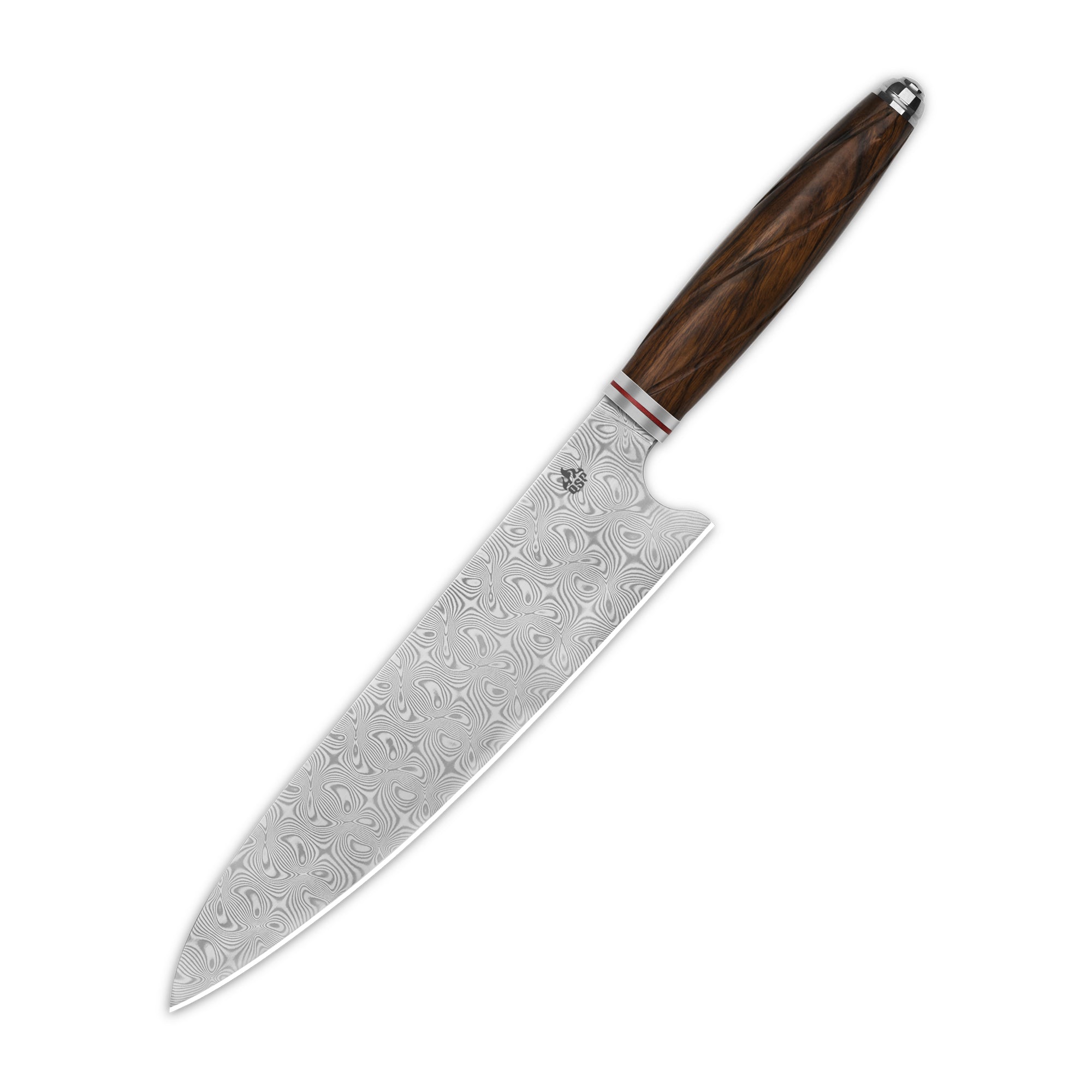-
 Find in Members
Find in Members Find in Videos
Find in Videos Find in Channels
Find in Channels
This website uses cookies to ensure you get the best experience on our website.
To learn more about our privacy policy Click herePrivacy Preference
- Tags - #BLOG
-
- Last updated September 10, 2024 0 comments, 71 views, 0 likes
More in Politics
Related Blogs
Archives
The Art of Japanese Kitchen Knives: Understanding the Different Types and Their Uses
Body
Japanese kitchen knives are renowned for their exceptional craftsmanship, sharpness, and precision. These tools are not just instruments for cutting; they embody a rich cultural heritage that has evolved over centuries. In this article, we will explore the various types of Japanese kitchen knives, their specific uses, and what makes them a must-have in any culinary setting.

Types of Japanese Kitchen Knives
When it comes to Japanese kitchen knives, there are several distinct types, each designed for specific tasks. Understanding these types can enhance your cooking experience significantly. Here are some of the most popular:
- Gyuto: Often referred to as the Japanese chef's knife, the Gyuto is versatile and suitable for slicing, dicing, and chopping.
- Santoku: This all-purpose knife excels in slicing, dicing, and mincing, making it a favorite among home cooks.
- Deba: A heavy knife primarily used for filleting fish, the Deba is known for its robustness and sharpness.
- Yanagiba: This long, thin knife is perfect for slicing raw fish for sushi and sashimi, showcasing the artistry of Japanese cuisine.
Craftsmanship Behind Japanese Kitchen Knives
The craftsmanship of Japanese kitchen knives is unparalleled. Skilled artisans often handcraft these knives using traditional techniques that have been passed down through generations. The process involves:
- Forging: High-carbon steel is heated and hammered into shape, ensuring durability and sharpness.
- Honing: The blade is meticulously honed to achieve a razor-sharp edge, which is essential for precision cutting.
- Finishing: Each knife undergoes a finishing process that enhances its aesthetic appeal and functionality.
Choosing the Right Japanese Kitchen Knife
When selecting a Japanese kitchen knife, consider the following factors:
- Purpose: Identify the primary tasks you will use the knife for, such as slicing, chopping, or filleting.
- Handle: Choose a handle that feels comfortable in your hand, as this will affect your control and precision.
- Maintenance: Understand the care required for your knife, as proper maintenance will prolong its lifespan.
Conclusion: Elevate Your Culinary Skills with Japanese Kitchen Knives
In conclusion, investing in high-quality Japanese kitchen knives can significantly enhance your culinary skills. Whether you are a professional chef or a home cook, these knives offer precision, durability, and a touch of artistry. To explore a wide range of exquisite Japanese kitchen knives, visit . Embrace the art of cooking with tools that reflect the rich tradition of Japanese craftsmanship.






Comments